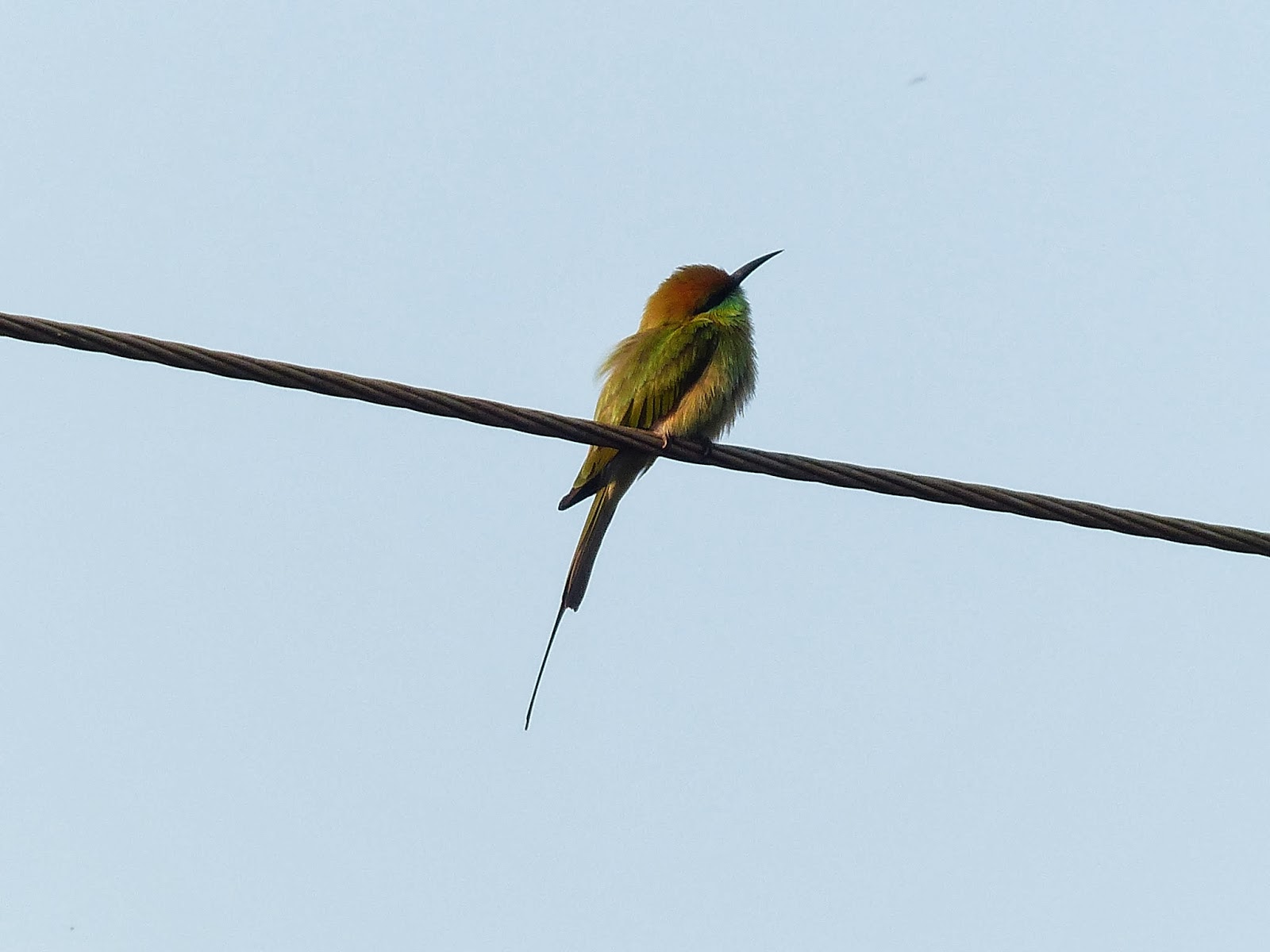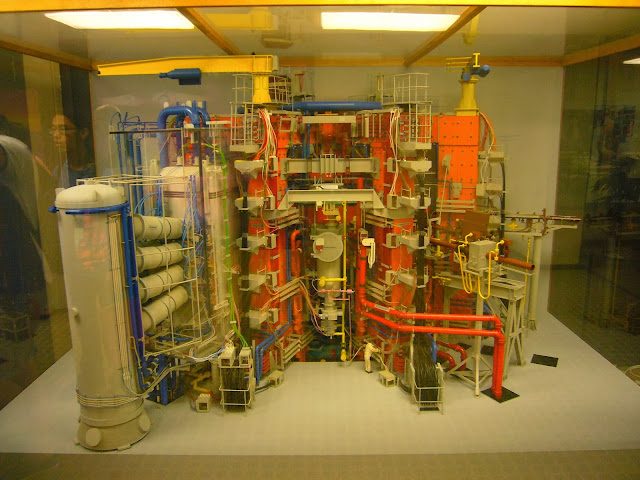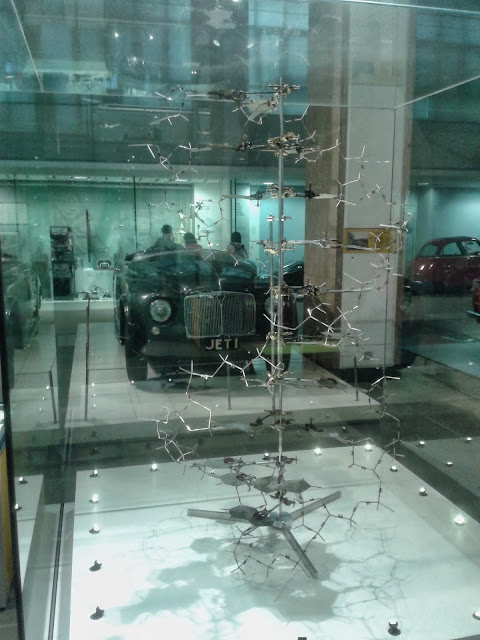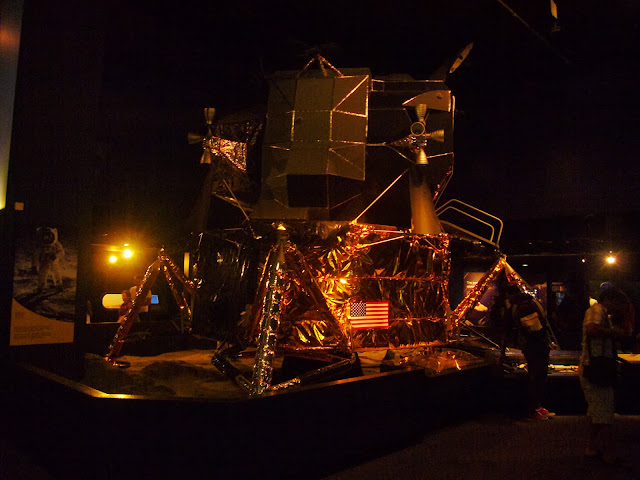Science outreach is no modern concept - it's been around for years. In the 1820's Michael Faraday organised the first of the Royal Institution's "Christmas Lectures", which continue even to this day. There have always been certain breed of scientists who have dedicated generous amounts of time and effort to the noble art of "popularising science", as it's called. In more recent times, science outreach has become much more organised all over the world, with most major universities and even large organisations like NASA and CERN conducting structured programs aimed at educating the public about the latest advancements in the STEM (Science, Technology, Engineering, Mathematics) fields.
So why has "outreach" evolved into such a buzzword these days? Why does each and every self-respecting university or scientific research facility try its best to dabble in this field? Because it's absolutely, irrevocably, undeniably, essential (notice the emphasis I'm putting there). Essential for education of the masses, essential for society to develop, and even essential for science itself. But is not science an elitist pursuit, reserved for only those brilliant specimens of humanity gifted with superior intellect, unshakable logic, and Einstein-esque genius? Quite simply put, no.
While I agree that not everyone has to spend their waking hours culturing bacteria or solving second-order differential equations, the ridiculous (putting it mildly) idea that science should be reserved for a select few goes against its very purpose. Science is an endeavour to understand the universe around us, a quest to further our knowledge and make our lives better, a search for the most arcane of questions. To paraphrase everyone's favourite nerd Dr. Sheldon Cooper, science is an attempt to "tear the mask off nature and stare at the face of God". Then why should it not be for everyone? And that is exactly what science outreach seeks to address - a way to bridge the gap between those in the laboratories and those who can only get a glimpse of the world of science research.
I mentioned that outreach is essential for science as well. It's one of the best ways to get young people interested in science. Although it probably cannot make people switch careers and dive into the sciences, I'll admit that a tour of an Airbus construction facility or the sight of Saturn's iridescent rings through a telescope are enough to make anyone start wondering. GPS, modern electronics, space probes, cancer medication - all have their grounding in cutting-edge research being carried out by engineers and scientists all over the blue spaceship we call Earth. We live in an age of unprecedented technological and scientific advancement, and science owes it to the public to explain how all the miracles of the modern world came to be. We've come a long way from believing that our planet rests on a conveniently placed colossal turtle, and science education has played a major role in transforming how people think.
Of course, if one is talking about science outreach, one has to talk about its biggest champion: Carl Sagan, the man behind the words, "Somewhere, something incredible is waiting to be known." As an astronomer (surprise, surprise!), he was clearly an individual who loved science. But what he found even more fulfilling was stimulating this passion for science in as many people as he (and his TV show) could reach out to. Cosmos, that magnificent piece of televised artwork, made Sagan a household name throughout the United States and in many countries across the globe. And it probably did more for generating interest in science than all the textbooks in the world put together.
So why has "outreach" evolved into such a buzzword these days? Why does each and every self-respecting university or scientific research facility try its best to dabble in this field? Because it's absolutely, irrevocably, undeniably, essential (notice the emphasis I'm putting there). Essential for education of the masses, essential for society to develop, and even essential for science itself. But is not science an elitist pursuit, reserved for only those brilliant specimens of humanity gifted with superior intellect, unshakable logic, and Einstein-esque genius? Quite simply put, no.
While I agree that not everyone has to spend their waking hours culturing bacteria or solving second-order differential equations, the ridiculous (putting it mildly) idea that science should be reserved for a select few goes against its very purpose. Science is an endeavour to understand the universe around us, a quest to further our knowledge and make our lives better, a search for the most arcane of questions. To paraphrase everyone's favourite nerd Dr. Sheldon Cooper, science is an attempt to "tear the mask off nature and stare at the face of God". Then why should it not be for everyone? And that is exactly what science outreach seeks to address - a way to bridge the gap between those in the laboratories and those who can only get a glimpse of the world of science research.
I mentioned that outreach is essential for science as well. It's one of the best ways to get young people interested in science. Although it probably cannot make people switch careers and dive into the sciences, I'll admit that a tour of an Airbus construction facility or the sight of Saturn's iridescent rings through a telescope are enough to make anyone start wondering. GPS, modern electronics, space probes, cancer medication - all have their grounding in cutting-edge research being carried out by engineers and scientists all over the blue spaceship we call Earth. We live in an age of unprecedented technological and scientific advancement, and science owes it to the public to explain how all the miracles of the modern world came to be. We've come a long way from believing that our planet rests on a conveniently placed colossal turtle, and science education has played a major role in transforming how people think.
Over the years, astronomy outreach has proved to be one of
the most popular and effective forms of science popularisation. And it's easy
to see why. Astronomy, besides being arguable the oldest science known to
mankind, involves trying to understand the deepest mysteries of the universe,
trying to unravel objects and phenomena so exotic and bizarre that they seem
straight out of science fiction. The study of the heavens has captured the
fancy of millions across the world, just like it did that of the earliest
civilisations thousands of years ago. It's no coincidence that some of the most
prolific participant in science communication are astronomers and space
researchers.
Of course, if one is talking about science outreach, one has to talk about its biggest champion: Carl Sagan, the man behind the words, "Somewhere, something incredible is waiting to be known." As an astronomer (surprise, surprise!), he was clearly an individual who loved science. But what he found even more fulfilling was stimulating this passion for science in as many people as he (and his TV show) could reach out to. Cosmos, that magnificent piece of televised artwork, made Sagan a household name throughout the United States and in many countries across the globe. And it probably did more for generating interest in science than all the textbooks in the world put together.
Science education and outreach are, as I've stated earlier,
of immense importance. With that being said, I shall end this blog post with
one of my favourite Sagan quotes:




+DAN.JPG)

















































